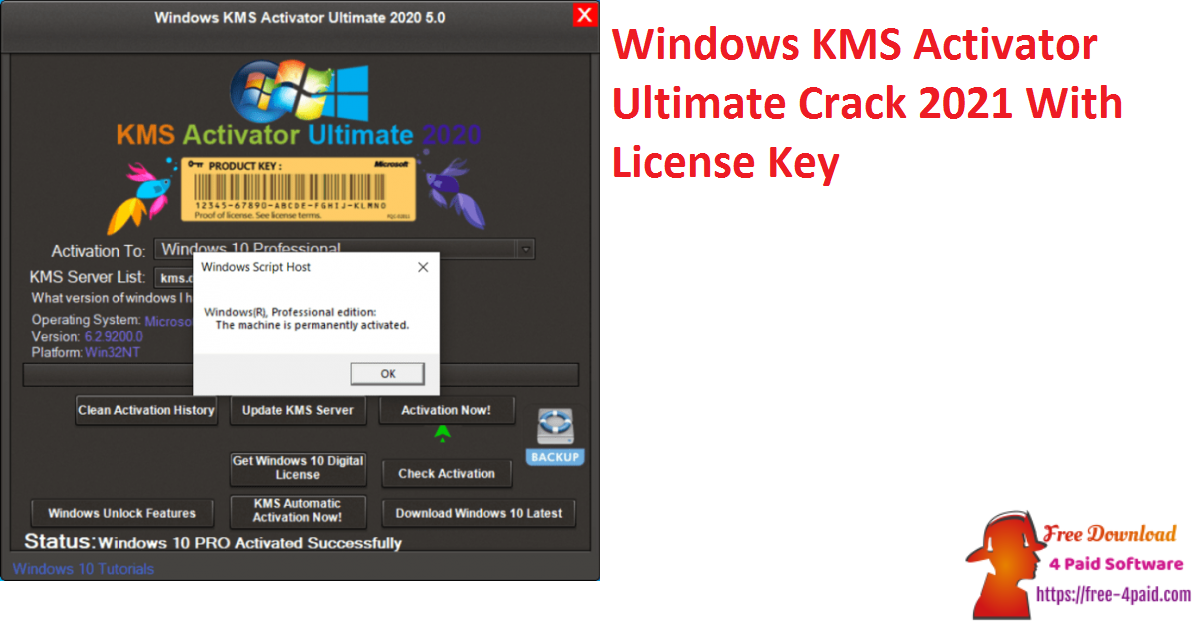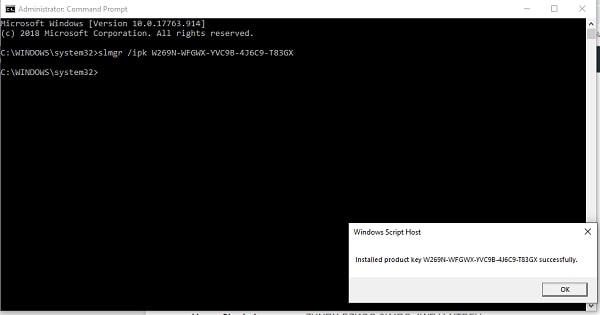


By default, KMS client computers attempt to renew their activation every 7 days. KMS client computers must renew their activation by connecting to the KMS host at least once every 180 days. KMS activations are valid for 180 days (the activation validity interval). Default settings can be used, which require little or no administrative action, or KMS hosts and client computers can be manually configured based on network configuration and security requirements. By default, KMS hosts and clients use DNS to publish and find the KMS key.

Key Management Service (KMS) activation requires TCP/IP connectivity to, and accessibility from, an organization’s private network so that licenses are not accessible to anyone outside of the organization. Here, however, is a summary for easy reference. For detailed information, see Plan for volume activation. There are several methods to activate devices via volume licensing. When people work from home and off the corporate or school network however, their devices’ ability to receive or maintain activation is limited.

The most common methods of volume activation require that devices to be connected to an organization’s network or connected via virtual private network (VPN) to “check in” from time to time with the organization’s activation service to maintain their licenses. Volume activation enables a wide range of Windows devices to receive a volume license and be activated automatically and en masse versus tediously entering an activation key on each Windows device manually. While volume activation is a process that many have utilized over the years, today’s post offers guidance to help you ensure that all your devices have been properly activated regardless of their connection to your organization’s network.įirst, a refresher.


 0 kommentar(er)
0 kommentar(er)
